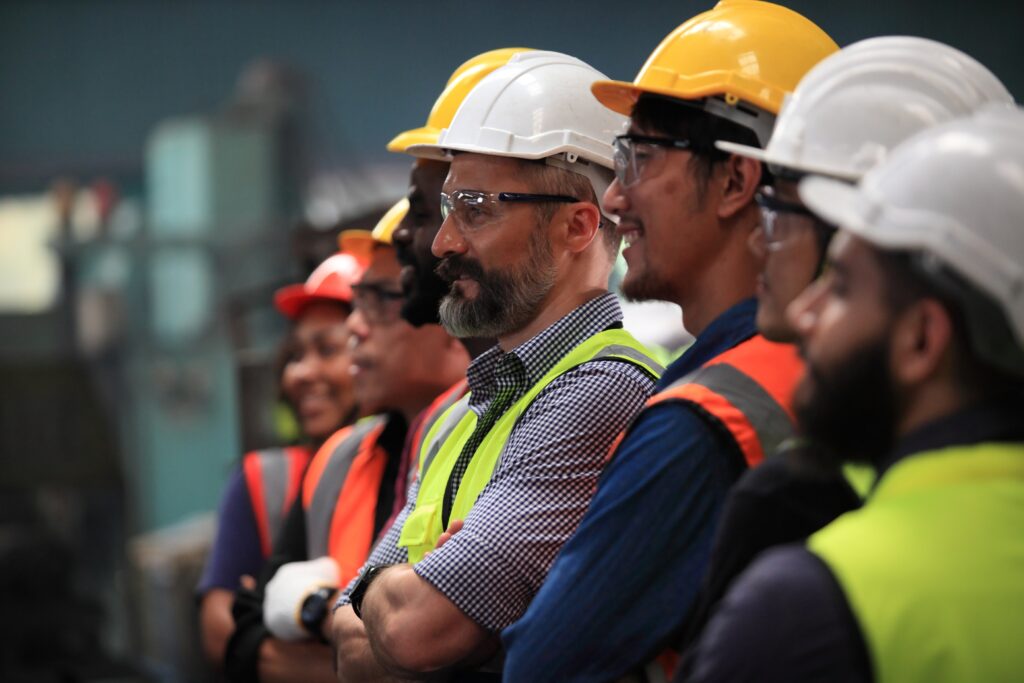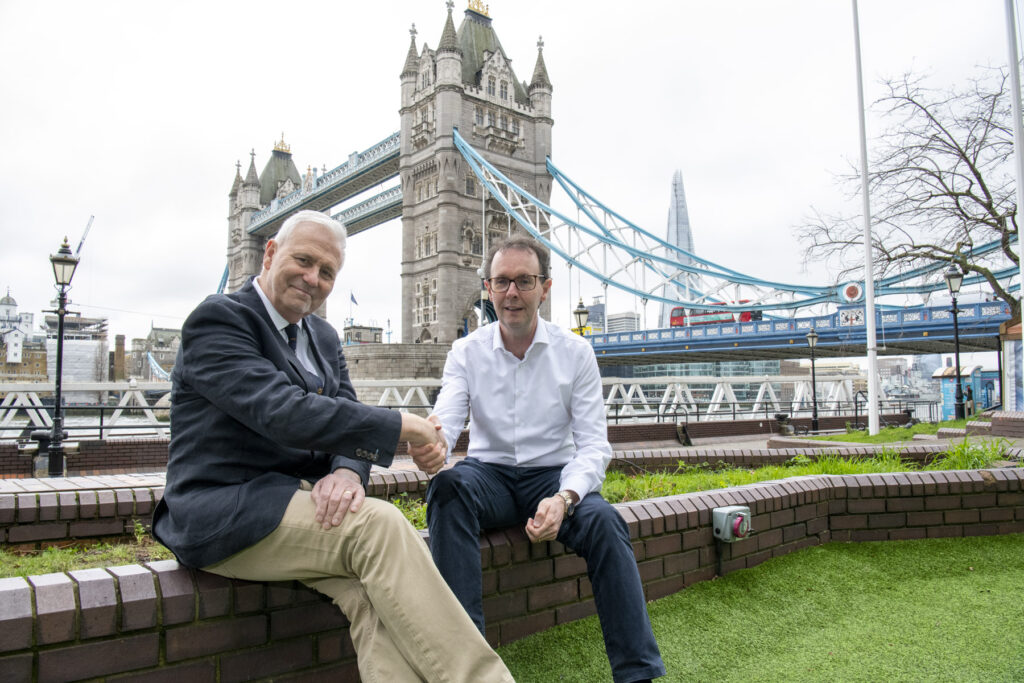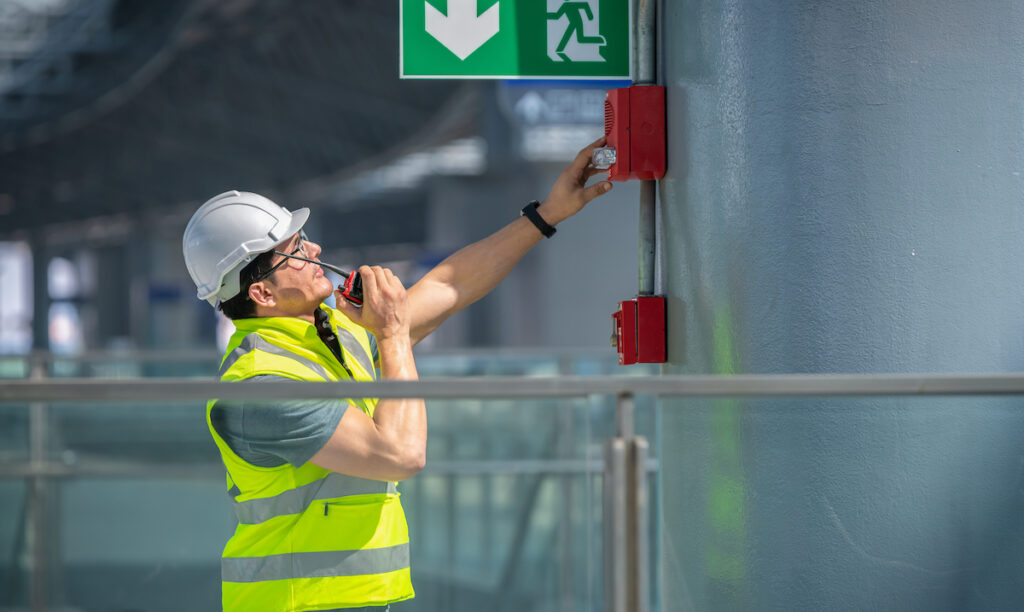Over the last 18 months, we have become accustomed to our so-called ‘new normal’. For many of us, working from home was a major aspect of this. However, now that the vaccine rollout has progressed significantly, this restriction is about to be lifted.
From Monday, 20th of September, we may begin returning to the workplace ‘on a phased and staggered attendance basis’, for ‘specific business requirements’. (Source) Then, on the 22nd of October, these regulations will be fully removed, allowing all those working from home to reenter the workplace ‘on a phased and cautious basis’. (Source)
As we return to our ‘old normal’, or more accurately, adapt to our ‘newer normal’, it is important for businesses to have measures in place to ensure adherence to evolving government recommendations.
There are several steps to take in preparing your employees and the workplace for reentry.
Prepare
Gather the Paperwork
First, you should ask all employees to fill out a pre-return to work form. (Source) This form will provide information as to whether the employee is currently experiencing symptoms, waiting to receive results of a COVID-19 test, has just returned from abroad, or is self-isolating or restricting their movements. You should also facilitate COVID-19 induction training. (Source)
Make a Plan
Your business most likely already has a COVID-19 Response Plan in place, and it will need to be updated in accordance with new recommendations. The plan should include procedures for dealing with a suspected or confirmed case, such as assigning a case manager and allocating isolation areas. (Source)
Assess the Risks
It’s also important to review occupational health and safety risk assessments and update them in relation to COVID-19. Determine where and how COVID-19 related risks are likely to occur, such as areas where employees deal with the public or customers. You should also account for employees who would be considered high risk, for example those with underlying medical conditions. Once the subsequent adjustments to the workplace have been made, address any non-COVID related hazards and risks that may have arisen as a result. (Source)
At Ayrton, we have a team of qualified risk assessment consultants who can complete a comprehensive audit of your workplace to identify and help to reduce risks. These assessments are designed in line with all relevant legislation and will help you to fulfil all legal requirements you have as an employer. Learn more about this service here.
Assign Your Team
If you haven’t done so already, assign a Lead Worker Representative (LWR) whose responsibility will be to cooperate with the employer to ensure that COVID-19 workplace safety measures are being upheld. You should appoint LWRs in appropriate proportion to the number of employees in the workplace. (Source)
Prevent
Once preparations are completed and the return to work has commenced, you must take steps to prevent the spread of COVID-19 in the workplace.
Keep it Clean
Continue to implement preventative measures in relation to maintaining good hygiene. Washing hands regularly and disinfecting surfaces should be encouraged. To support this, you can provide sufficient resources for employees, such as hand sanitiser, posters with hand hygiene guidelines and PPE equipment or face coverings.
Supply the Facts
As always, be sure to maintain an open line of communication with employees regarding COVID-19 measures. This will include the provision of up-to-date public health information, such as how to prevent the spread of the virus. Said information can be displayed around the workplace and provided through COVID-19 induction training. (Source)
Keep Your Distance
To maintain physical distancing, you may have to rearrange workspaces or canteens, stagger the times during which workers attend on site, or arrange employees into small teams to work and take breaks together. (Source) (Source)
Air it Out
Effective ventilation is another factor to consider in the prevention of COVID-19. There is an increased risk of contracting COVID-19 in badly ventilated areas, and this risk is intensified where people are in close contact. This can be mitigated by opening doors and windows where possible and disabling recirculated ventilation systems. This also applies to vehicles that employees use for work travel. Ceiling mounted, desk and portable fans, should be avoided where there is more than one person in the room. (Source) (Source)
Take Extra Precautions
Certain kinds of workplaces are considered high-risk, for example meat processing plants, restaurants, and spaces where people shout or talk loudly. In these circumstances, ‘a greater level of adherence’ to regulations is necessary to prevent airborne transmission of the virus. (Source)
Stay Informed
Public health guidance will most likely be updated in respect of the further changes to restrictions from the 22nd of October. As an employer, it is important to stay up to date on these changes to ensure a safe and healthy working environment for all employees.
Workplace regulations and requirements in relation to COVID-19 would be too extensive to cover in one blog post. For further information, visit hse.ie, hsa.ie, and hpsc.ie.
Ayrton provides a range of courses designed to equip you to manage the transition back to the workplace. These include Lead Worker Representative Training, Return to Work Protocol – Business Response Plan, COVID-19 Safe Return To Work Training, and COVID-19 Workplace Compliance Audit. You can get in touch with our expert team on info@ayrton.ie, who will provide you with more information about our courses and assist you in navigating this complex and unprecedented process.



